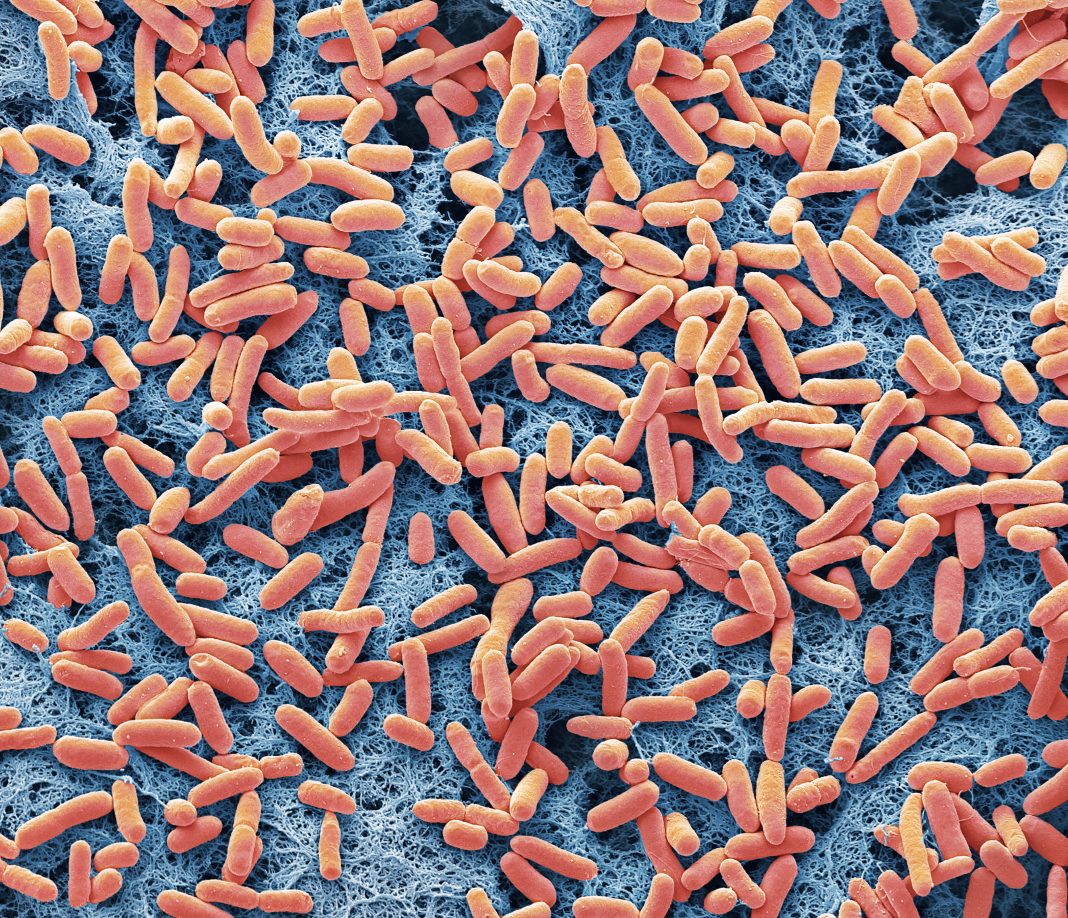Engineered microbes are standard production vehicles in biomanufacturing, but the demands on adenosine triphosphate (ATP) as an energy source to fuel both microbial growth and chemical synthesis limits chemical production.
Scientists in Japan are solving that problem by using light as an external energy source. Specifically, they introduced rhodopsin (a light-activated proton pump) into Escherichia coli to produce ATP without involving the cell’s natural machinery—the tricarboxylic acid cycle (TCA) cycle and respiratory chain.
As outlined in a paper, after establishing proof-of-concept in 3-hydroxypropionate, mevalonate, and glutathione, the researchers developed enhancements. Simply adding light to the rhodopsin-expressing strain “increased the production rate and yield of 3-hydroxypropionate 2.43- and 2.55-fold, respectively, compared to culturing the cells in the dark,” Yoshihiro Toya, PhD, at Osaka University, tells GEN.
Toya then created super-rhodopsins with more effective pumping abilities. “Glutathione contents in the super-rhodopsin-expressing strain under light increased by 2.3-fold when compared with culturing under dark,” Toya says.
Colleague Jun Ishii’s group at Kobe University developed two additional strains to provide retinal to activate rhodopsin, and optimized the expression of genes in the appropriate metabolic pathways. Project leader Kiyotaka Y. Hara’s group at Kobe University then integrated the three systems into an E. coli strain that produces product relative to the light it receives.
There are two key benefits. First, “Providing E. coli cells with the ability to self-supply retinal helps reduce culture costs, because retinal is expensive,” Toya says. Secondly, they transformed the rhodopsin expression system from a chemical (isopropyl β-D-1-thiogalactopyranoside—IPTG) induction–which, in high concentrations, harms E. coli growth–to a constitutive expression, thus expanding its applicability in bioproduction. Reduced carbon dioxide emission (which results from not using the TCA cycle) is an ancillary benefit.
“When expanding the existing industrial microbial fermentation tanks, an LED device is needed to illuminate the culture broth from inside the tank,” Toya says in relation to commercial production. “White LED light was used in this study, but because the rhodopsin absorbs light at about the 540 nm wavelength, green light illumination is more appropriate. We also are considering whether a light irradiation culture system specifically for E. Coli is needed.”
To prepare this process for commercialization, the next steps are to improve chemical production in rhodopsin-expressing E. coli and the proton pumping activity of the rhodopsin, and expand the method to produce useful compounds in E. coli and other host species.


